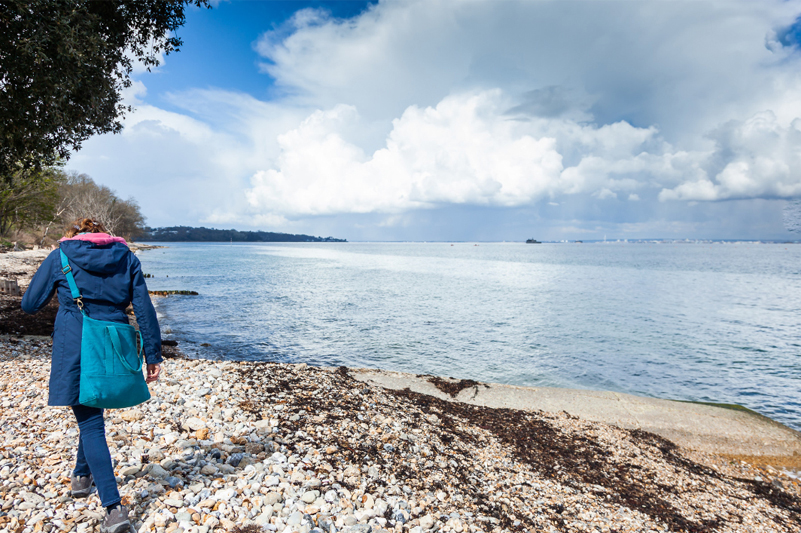
Beaches to enjoy this winter on the Isle of Wight
The Isle of Wight is all about that beach life! And while heading to the beach may not immediately spring to mind during the winter months, when there is a chill in the air, there are so many ways to enjoy our coastline.
Try a new way of exploring and enjoying the beach; apart from the obvious fact that the Island’s beaches are less busy, you can spend a very enjoyable hour or two on the sand this winter. Not only are the beaches quieter but there’s a lot of satisfaction that can be found in embracing the blustery winds, not to mention how good it is for our mental health. Four-legged friends can scamper to their heart’s content on all of our beautiful beaches (between October and April). The Island’s watersports are bigger and better than ever, with larger waves and fewer people.
You can discover a range of fossils and dinosaur footprints on our storm ravaged shores, as well as spotting rare migrating seabirds. So don your woolly hat and scarf – it’s time to go exploring!
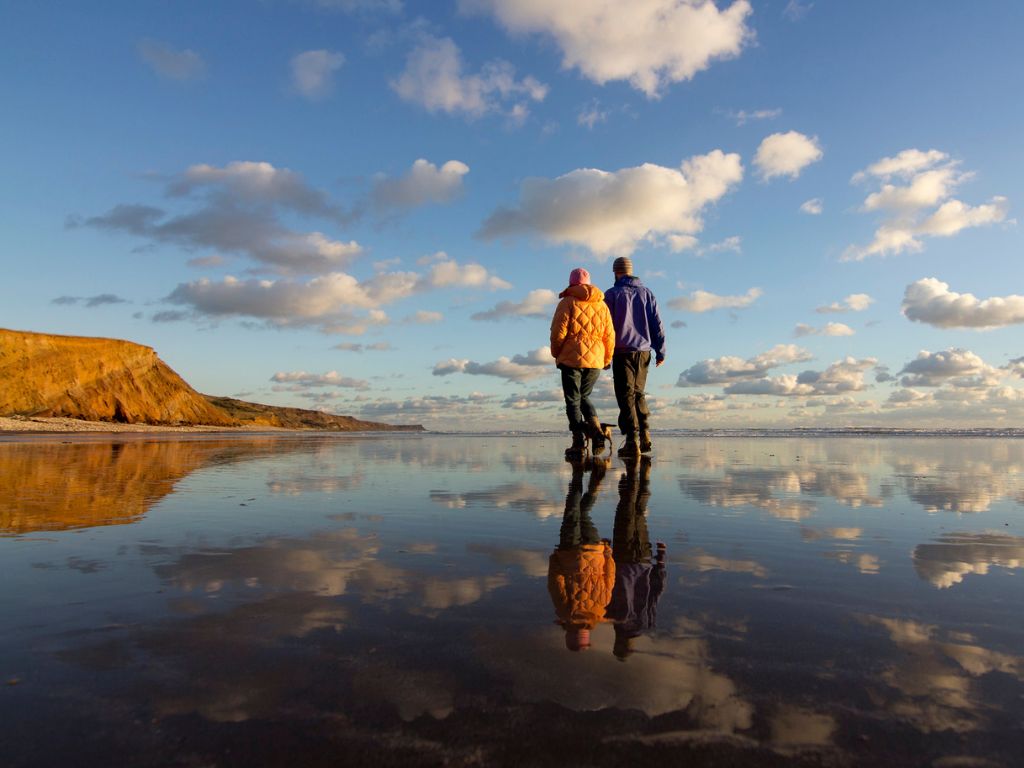
Walks on the Wight
A walk along the coast and blowing those cobwebs away, is just one of the ways to spend an afternoon on the beach. Don’t forget to wrap up warm to brace yourself against the coastal breeze, you’re going to need that bobble hat!
Check out our dedicated walking pages to find a walk to suit you on the Island. Whether you’re looking for an easy ramble or a proper hike there will be a route for you to follow.
Keen photographers bring your camera as there’s a wealth of gorgeous imagery just waiting to be snapped! Head to Totland Bay beach for a picturesque sandy beach, turquoise waters and far reaching views of the mainland. Yaverland beach will provide dramatic cliff views and Appley Beach in Ryde has the famous castle tower and miles of white sandy shores.
Four-legged fun
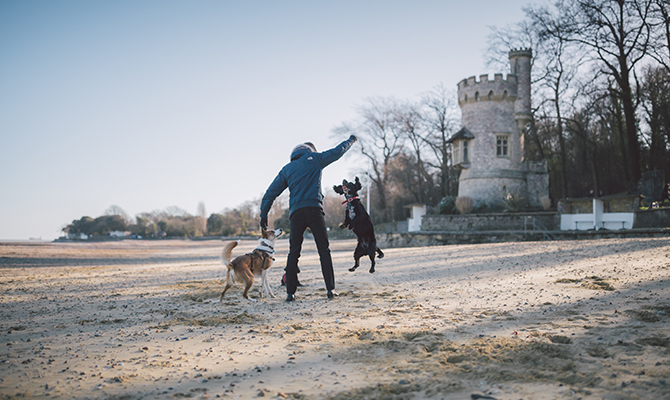
A winter holiday on the Isle of Wight means there is no need to leave your pooch behind. With plenty of dog friendly attractions, places to eat and drink and miles of beaches both you and your four-legged friend can have a well-earned rest.
During the winter months, your four-legged friends can scamper to their heart’s content on all of the Island’s beautiful beaches (between October and April). Bembridge Beach, Springvale Beach, Seagrove Beach are open to dogs all year round if you’re visiting outside these dates.
The Buddle Inn over in Niton offers one of the Island’s best-loved dog walks from St Catherine’s Lighthouse to Castlehaven beach, tucked away down an unmade woodland track and leading directly to the sea. After your walk have a well-deserved meal in the pub and relax by the roaring fire.
A long walk along the abandoned railway lines in Yarmouth will find you at Off the Rails, a restaurant in converted railway station. There’s an entire Dog Menu and you can enjoy a break here on the old platform or inside the station house.
Try The Boathouse in the pretty village of Seaview, where a roaring fire and a hearty meal will await you. Springvale is a shingle and sandy beach with uninterrupted views across to Portsmouth’s skyline and a great view of the Spinnaker Tower.
Surf’s up
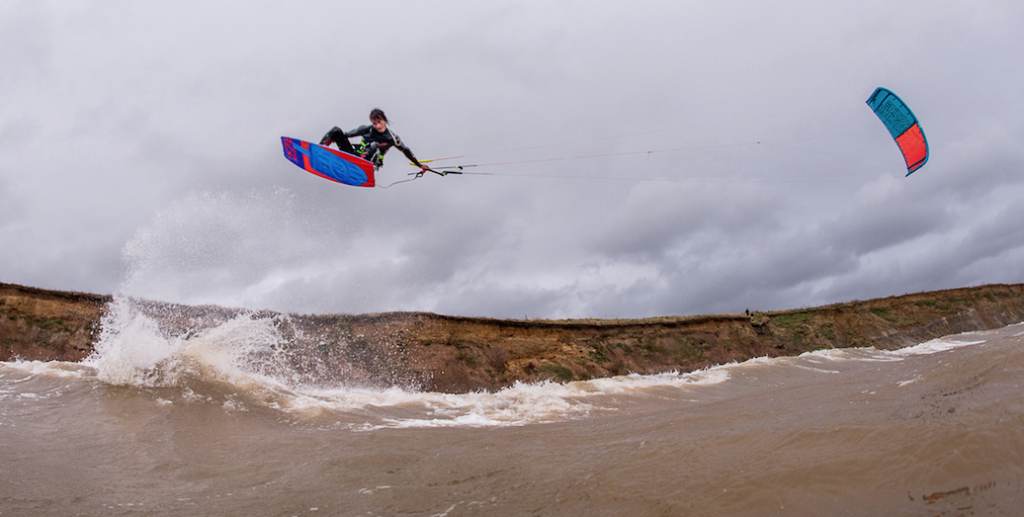
Winter equals serious surf. Sitting in the Northern Hemisphere, the UK experiences extreme seasonal variation, from summertime flat spells, to hefty winter swells to try and make up for it. This results in consistent waves that are not jam-packed with crowds. It’s a great time of year to learn to surf too, as there are less people about and the classes are less booked up. It’s not even as cold as you might think, with the nippiest month generally being February – just make sure to invest in a decent winter wetsuit to see you through.
Get your fix of waves at Compton Bay, or if kitesurfing is more your thing, Brook Beach tends to be the go-to choice. For lessons, try iSurf Mobile Surf School or Wightwater Adventure Watersports in Lake.
Beachcombing

From sandy beaches to pebbly coves, our coastline provides a multitude of beaches to spend a day beachcombing and the winter is the best time, thanks to the stormy seas washing up more treasures. Wrap up warm, leave the bucket and spade behind and bring the magnifying glass instead!
The Isle of Wight is widely regarded as one of the best places in the UK to beachcomb and hunt for fossils and dinosaur footprints. And, the best time to go looking is after a storm, it reveals hidden gems previously covered up by mud and sand and new treasures washed up on the shore.
For unearthing fossils, the Island’s south-west coast is the place to go. Spot the Iguanadon footprints on Brook Beach and Chilton Chine. The bays here are constantly slipping so each day you might find something new and undiscovered. The exposed rocks are of the Wealden Groups, part of the early Cretaceous period, formed over 140 million years ago, making the Island one of the most productive places for finding dinosaur bones.
Get hands on with a guided walk on Yaverland Beach to find fossils and dinosaur footprints from one of its local experts (booking is essential). Kids love these guided walks but, you’ll find the adults enjoy this just as much too!
Beachcombing isn’t just about the dinosaur discoveries, it can be an excellent way to find craft materials. Collect coloured sea glass and driftwood to use for an art project later at home – it’s a great way to remember your trip to the Island.
Shanklin Beach towards Luccombe is great for finding larger pieces of driftwood, or Gurnard Beach provides hours of fun looking for gleaming sea glass in between the pebbles.
Bird watching
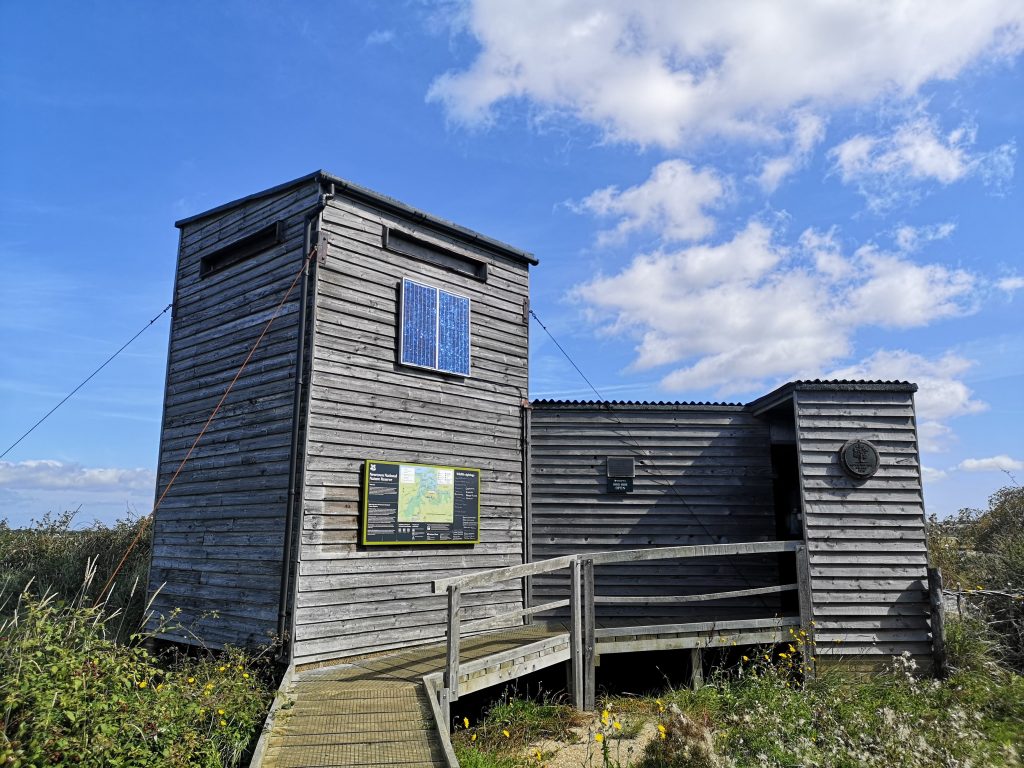
Many birds fly to warmer climates during the winter months and the Isle of Wight is well placed on these migration routes, which enhances bird watching around the coast. There are a number of reserves such as Newtown Creek and Brading Marshes where it’s possible to spot interesting ducks, waders and seabirds like Pintails, Golden Plovers and Purple Sandpipers.
Try a coastal walk from Wheelers Bay in Bonchurch around Ventnor towards St Catherine’s Point and you may spot residents like Ravens and Peregrines, as well as those just passing through like Gannets and Guillemots. Similarly a walk along the north east coastline from Ryde around to Bembridge will allow you to observe any number of birds enjoying the foreshore and estuaries with more common gulls and waders sharing the beach with Oyster Catchers, Eider Ducks and Greylag Geese.
For another coastal experience, try taking your binoculars on a cliff top walk from the heather topped Headon Warren near Totland Bay around the chalk cliffs of The Needles and Tennyson Down to Freshwater Bay. This provides a great contrast in habitats and a good variety of birding opportunities from Rock Pipits and Mistle Thrushes to Kittiwakes and the impressive Great Black Backed Gull. Over the past few years there have been many rare visitors recorded during the winter and early spring period, including Snow Buntings, Short Eared Owls and Dartford Warblers.
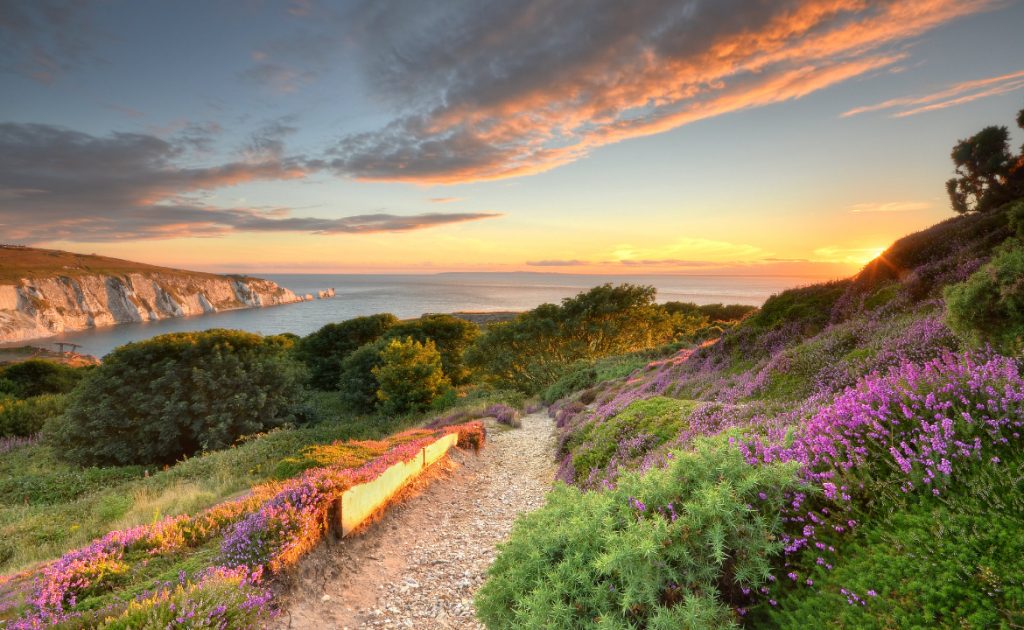
Winter adventures are waiting for you on the Isle of Wight, now is the time to layer up and explore the best the Island has to offer!
A version of this article first appeared in Wightlife magazine.
